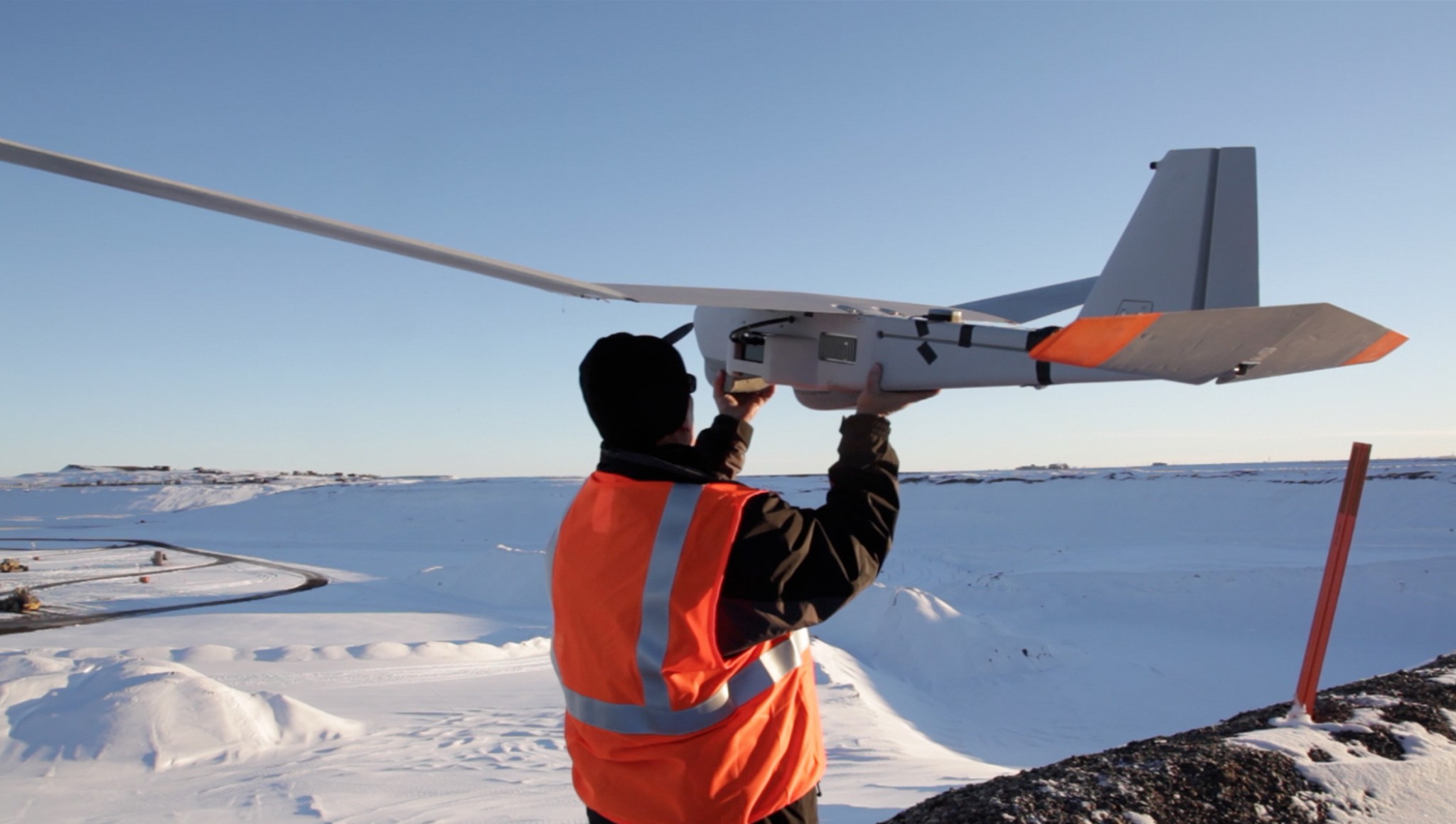I had another post planned for this week, but in light of some recent news I would be remiss if I didn’t write about unmanned aircraft systems (UAS) instead. You may have seen that the FAA has approved the first commercial UAS flights over land. BP will be using an AeroVironment Puma AE to map and measure surface features in their Prudhoe Bay oil field in northern Alaska. They performed their first flight on June 8. This is a big deal, of course, for people (including those in less remote American states) who want to use UAS in their own commercial operations.
It is worth noting, however, that this is only the first time the FAA has approved the use of UAS for commercial purposes over land. The FAA’s own press release reminds the forgetful that they already issued an approval to the Puma along with Initsu’s Scan Eagle last summer for surveillance over Arctic waters.
The FAA has previously admitted they won’t meet the deadline set by Congress in the FAA Modernization and Reform Act of 2012 (FMRA), which requires them to safely integrate UAS into American airspace by September 2015. But this news shows that the commercial use of UAS over land isn’t out of the question before that integration is officially complete. It looks like companies willing to put in the effort to request a certificate of authorization (COA) from the FAA — a big, deliberate government agency — may just get the opportunity to use one for commercial purposes before then.
Jim Williams, manager of the FAA’s UAS Integration Office, made a popular announcement at the Small Unmanned Systems Business Expo last month. Williams told the crowd that the FAA is hoping to use Sec 333 of the FMRA to “address the pent-up demand for commercial UAS operations.” They may leverage this section to allow the use of UAS for certain tasks, including those that are “dangerous, dull, or dirty,” or what Williams calls the 3 D’s. These “3D” tasks for which you might mount a 3D scanner on a UAV include inspection of oil & gas flare stacks, inspection of damaged power lines, disaster recovery, farm work, and inspection of pipelines. Where it’s too dirty or dangerous for people to be, the FAA hopes to allow UAS to go. (The “dull” portion of the 3 D’s doesn’t seem to be very important to the FAA.)
When I was at HxGN Live a few weeks back, it was clear that there is a lot of pent-up demand for commercial UAS operations in this market. It must come as good news that the FAA may allow you to use UAS someday soon. Maybe.
Photo Courtesy of AeroVironment, Inc.






